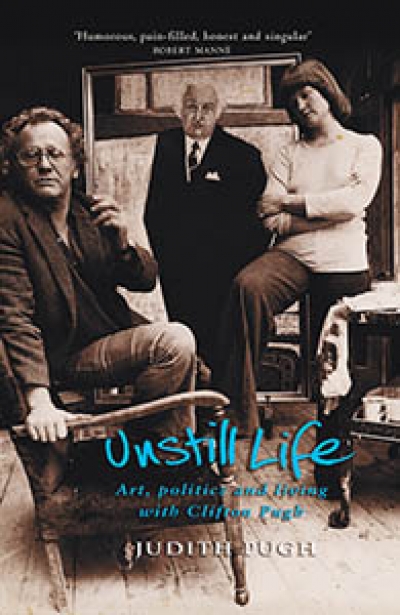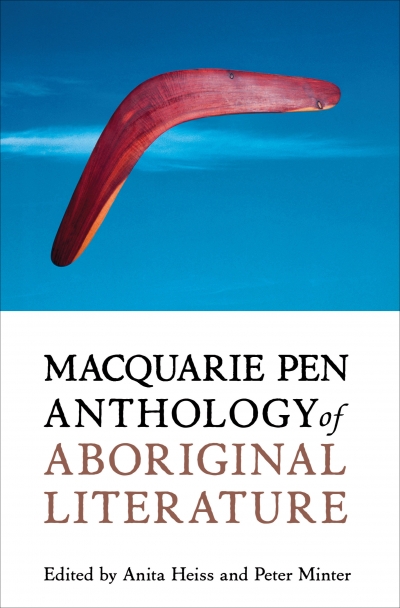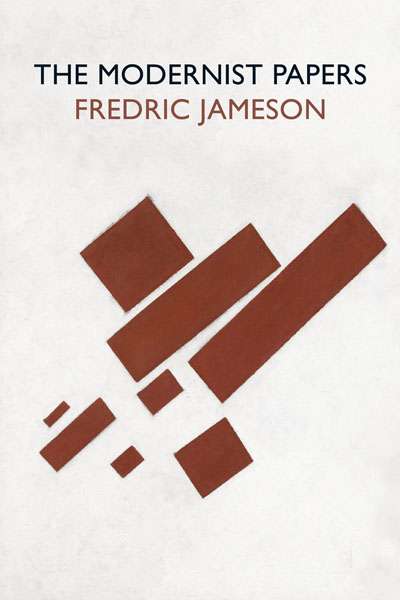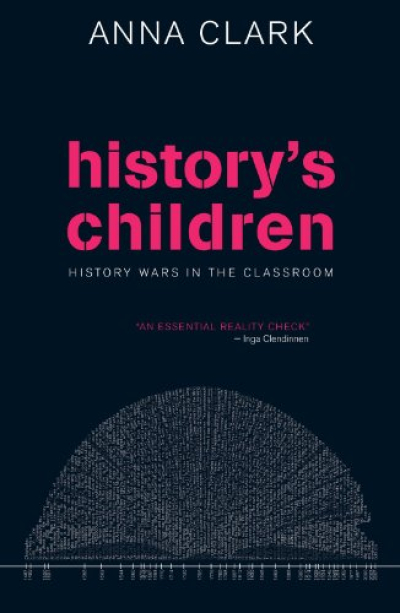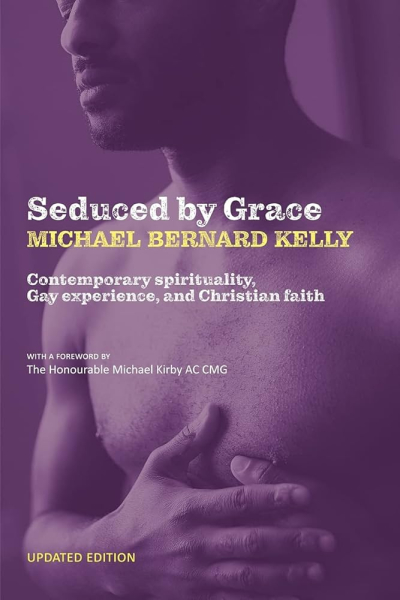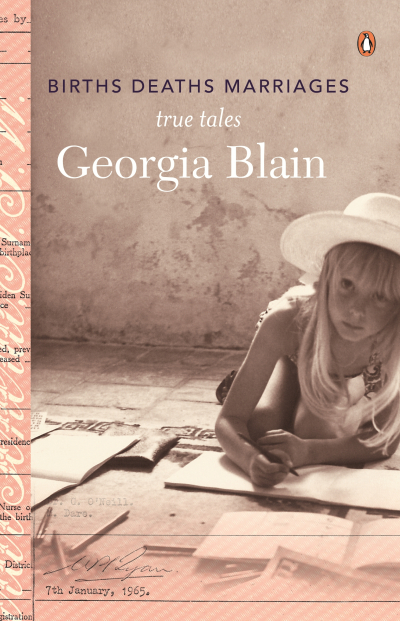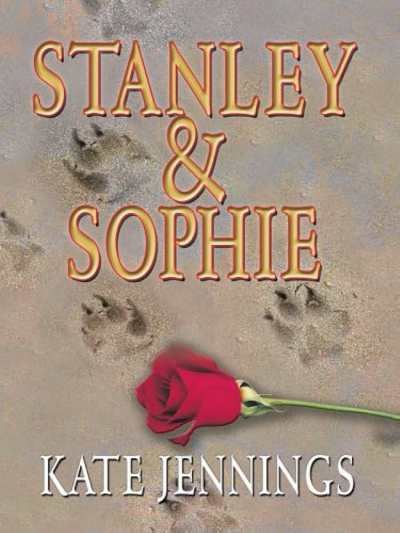Archive
Unstill Life by Judith Pugh & Self-Portrait of the Artist’s Wife by Irena Sibley
Macquarie PEN anthology of Aboriginal literature edited by Anita Heiss and Peter Minter
Seduced by Grace: Contemporary spirituality, gay experience and Christian faith by Michael Bernard Kelly
Births Deaths Marriages by Georgia Blain & The After Life by Kathleen Stewart
If between one footfall and the next, the wind
can swivel and issue empty threats of rain,
for all we know this could be one of those days,
unpinpointable even in retrospect,
when a dimly held belief begins to melt,
say the belief that it’s somehow generous
to assume that everyone’s rather like you.
An open-ended day promising nothing,
but just as full of zipjams, language splashes
and thixotropic flows, lost somewhere between
the day you realised you wouldn’t always
have to pretend to be interested in X
(opera, hot cars, Buffy Summers, poetry)
Who exactly is available to tell us the story of our minds?
If I dream of an estuary called ‘Ephemeral Waters,’ an optimum of spectral love
anyone might allude to their misgivings. Or it’s interpersonal, the tide finds
its way round the three islands, flowing away from negative emotions, some remove
their shoes at the door, others talk of auras, or the portals of youth, the mark
This is a song of the white.
The multitude or the pattern.
The rose or the wind.
A woman who begins,
a woman who disappears.
a woman drinking blossom’s shadow.

